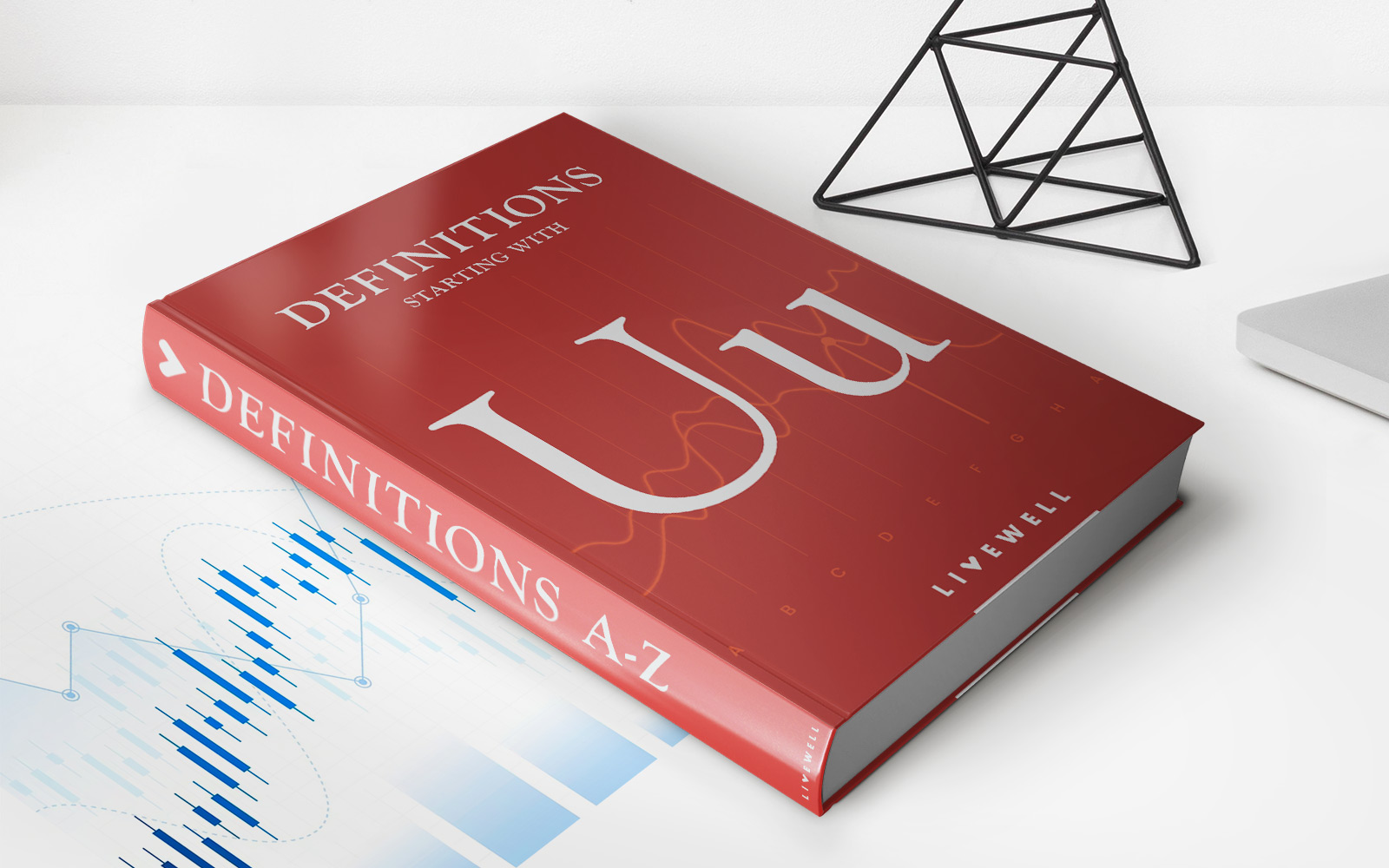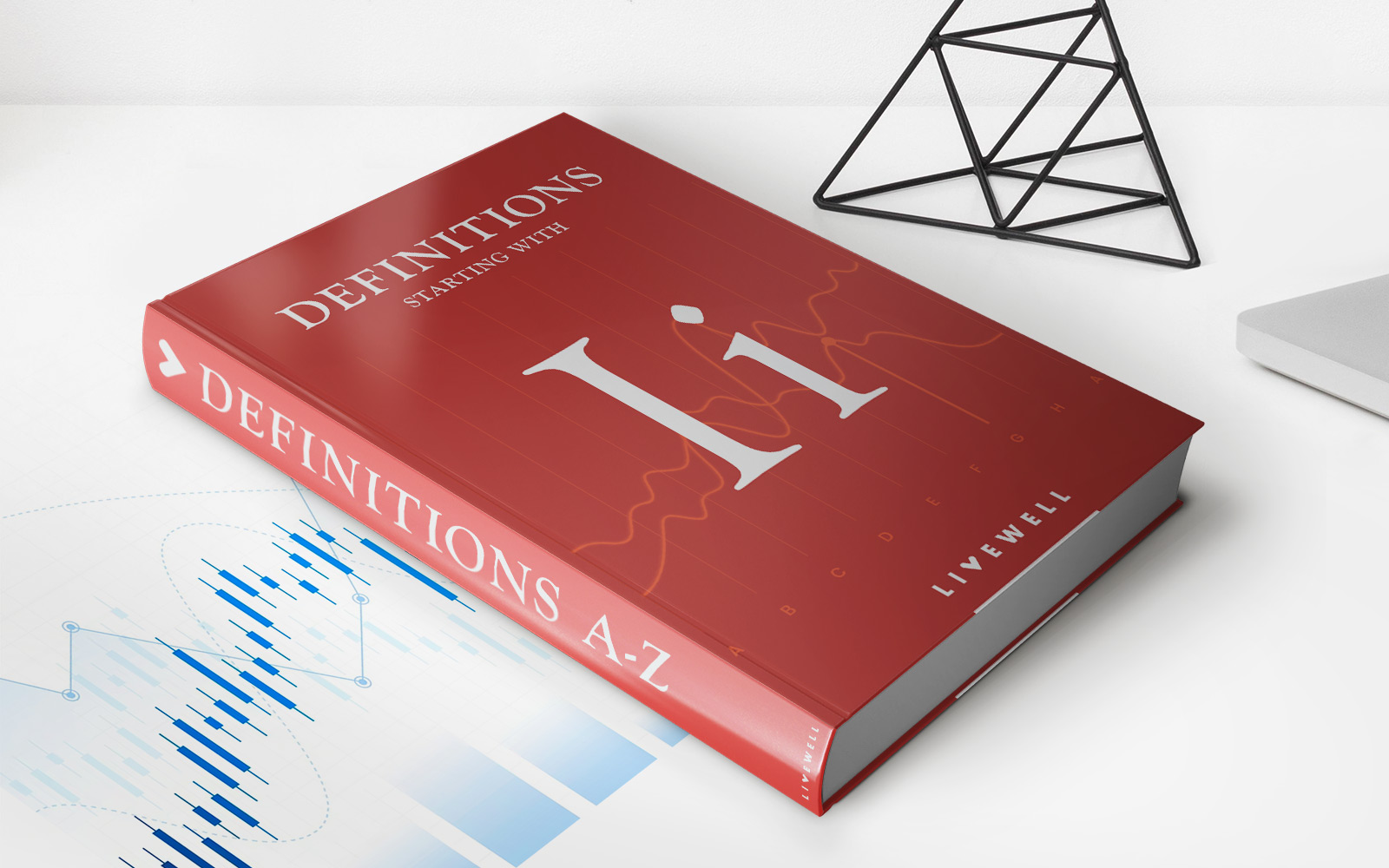

Finance
Uninsurable Peril Definition
Published: February 13, 2024
Learn the definition of uninsurable peril in the world of finance and understand its impact on insurance coverage and risk management.
(Many of the links in this article redirect to a specific reviewed product. Your purchase of these products through affiliate links helps to generate commission for LiveWell, at no extra cost. Learn more)
Understanding Uninsurable Peril Definition and Its Impact on Your Finances
When it comes to managing our finances, it’s essential to protect ourselves from unforeseen events that could potentially wipe out our hard-earned savings. Insurance plays a crucial role in safeguarding our assets and providing financial security. However, there are instances where certain risks are considered uninsurable perils. In this blog post, we will dive into the ins and outs of uninsurable perils, their definition, and how they can impact your finances.
Key Takeaways:
- An uninsurable peril refers to a risk that insurance companies are unwilling or unable to provide coverage for.
- Uninsurable perils are typically those that are high-risk, unpredictable, or uncontrollable.
What is an Uninsurable Peril?
An uninsurable peril, as the name suggests, is an event or condition that insurance companies consider too risky or financially burdensome to provide coverage for. These perils are typically characterized by their high degree of unpredictability, uncontrollability, or potential magnitude of loss. While insurance aims to mitigate risks and provide financial protection, there are limits to what can be insured due to these factors.
Examples of uninsurable perils include:
- Acts of war or terrorism: Insurance companies are often reluctant to provide coverage for damages caused by acts of war or terrorism due to their unpredictable nature and potential impact on a large scale.
- Nuclear accidents or radiation: The potential magnitude of damage and long-term consequences associated with nuclear accidents make them uninsurable perils.
- Pollution or environmental damage: The long-term and widespread effects of pollution on the environment make it challenging to quantify and insure against these risks.
- Market crashes or economic downturns: Insurance companies do not provide coverage for losses resulting from market crashes or economic recessions.
The Impact on Your Finances
Understanding uninsurable perils is crucial for managing your finances effectively. While insurance helps protect against most risks, it’s vital to be aware of those perils that are not insurable. Here are two key takeaways to keep in mind:
- Financial vulnerability: Uninsurable perils expose individuals and businesses to significant financial risks. Without coverage, the burden of loss rests solely on the affected party, potentially leading to financial hardship or even bankruptcy.
- Importance of risk management: Recognizing uninsurable perils highlights the importance of effective risk management strategies. Diversifying investments, building an emergency fund, and seeking alternative methods for financial protection can help mitigate the impact of these risks.
While it’s essential to secure insurance coverage for most manageable risks, understanding uninsurable perils is equally important. By acknowledging their existence and potential impact on your finances, you can take necessary precautions to safeguard against these risks and ensure long-term financial stability.














